Home>Construction & Tools>Building Materials>What Type Of Cement Is Used For Stucco
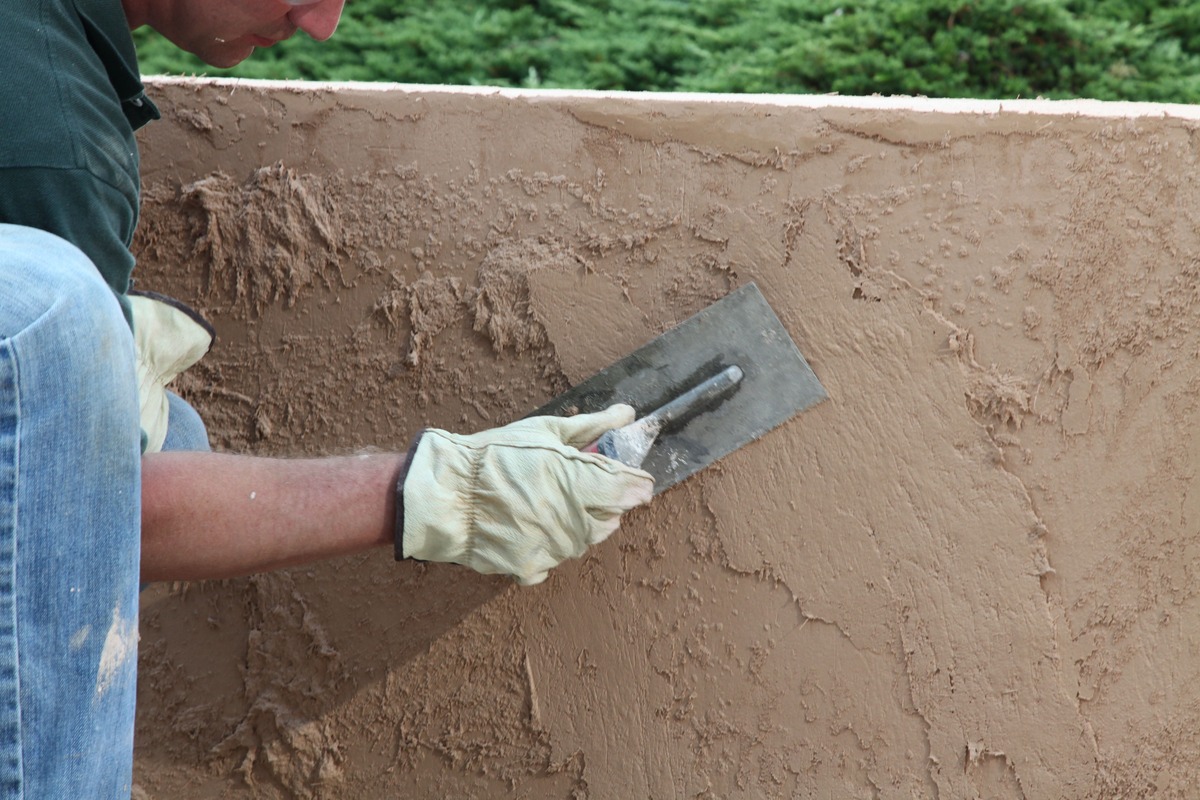

Building Materials
What Type Of Cement Is Used For Stucco
Modified: February 18, 2024
Discover the best building materials for stucco and learn about the ideal type of cement to use. Find expert advice and tips for your stucco projects.
(Many of the links in this article redirect to a specific reviewed product. Your purchase of these products through affiliate links helps to generate commission for Storables.com, at no extra cost. Learn more)
Introduction
Understanding Stucco
Stucco is a widely used building material that has been employed for centuries due to its durability, versatility, and aesthetic appeal. It is commonly utilized as a decorative coating for walls and ceilings, providing a textured and visually appealing finish to various structures. This traditional material has stood the test of time, evolving to meet modern construction needs while retaining its classic charm.
Stucco is comprised of several key components, with cement playing a pivotal role in its composition. The type of cement used significantly influences the properties and performance of the stucco. Understanding the various types of cement suitable for stucco applications is essential for achieving desired results in construction and renovation projects.
In this comprehensive guide, we will delve into the world of stucco and explore the different types of cement utilized in stucco applications. By gaining insight into the unique characteristics and uses of each cement type, you will be better equipped to make informed decisions when selecting materials for your stucco projects. Let's embark on a journey to unravel the mysteries of stucco and cement, shedding light on the secrets of this timeless construction marvel.
Understanding Stucco
Stucco is a versatile building material that has been cherished for its exceptional durability and aesthetic appeal throughout history. Composed of cement, lime, sand, and water, stucco offers a robust and weather-resistant exterior finish for residential, commercial, and industrial structures. Its ability to adapt to various architectural styles and provide a customizable texture makes it a favored choice for enhancing the visual appeal of buildings.
One of the defining characteristics of stucco is its adaptability to different climates. In warm regions, stucco helps to regulate indoor temperatures by providing insulation and reflecting sunlight, thereby reducing energy consumption for cooling. In colder climates, stucco acts as a barrier against the elements, safeguarding structures from moisture and maintaining interior warmth. This versatility makes stucco a valuable asset in construction, contributing to energy efficiency and structural integrity.
Moreover, stucco is renowned for its low maintenance requirements and long-lasting performance. When properly applied and maintained, stucco can endure for decades, retaining its original charm and structural integrity. Its resistance to fire, mold, and impact further enhances its appeal as a reliable and sustainable building material.
Beyond its functional attributes, stucco offers an array of design possibilities, allowing for the creation of unique textures and finishes. Whether achieving a smooth, sleek appearance or a more textured and rustic facade, stucco can be tailored to suit diverse architectural preferences. This adaptability has contributed to stucco’s enduring popularity, as it seamlessly integrates with both traditional and contemporary building designs.
Understanding the composition and characteristics of stucco is crucial for harnessing its full potential in construction and renovation projects. As we delve into the types of cement utilized in stucco applications, we will uncover the nuances of each cement variant and its impact on the performance and aesthetics of stucco finishes.
Types of Cement Used for Stucco
When it comes to stucco applications, selecting the appropriate type of cement is paramount to achieving the desired structural integrity, aesthetic appeal, and durability. Three primary types of cement are commonly used in stucco: Portland cement, masonry cement, and plastic cement. Each variant possesses distinct characteristics that influence its suitability for specific stucco projects, making it essential to understand their unique properties and applications.
Portland Cement
Portland cement stands as a cornerstone in the realm of stucco applications, revered for its exceptional strength, versatility, and compatibility with various additives. Composed of finely ground limestone, clay, and other minerals, Portland cement serves as the primary binding agent in stucco, providing the necessary cohesion and resilience for enduring exterior finishes.
One of the key attributes of Portland cement is its capacity to form a strong bond with aggregates, such as sand, when mixed with water. This binding quality enables the creation of robust stucco coatings that withstand environmental stressors, including temperature fluctuations, moisture, and structural movements. Moreover, Portland cement offers excellent adhesion to substrates, ensuring the longevity and stability of stucco applications.
Furthermore, Portland cement exhibits remarkable adaptability, allowing for the incorporation of pigments and admixtures to achieve custom colors, enhanced workability, and improved durability. This flexibility makes it a preferred choice for stucco projects that demand tailored aesthetics and performance attributes, enabling the creation of diverse textures and finishes to suit architectural preferences.
It is important to note that the proper proportioning of Portland cement with other stucco components, such as sand and lime, is crucial for optimizing its performance and longevity. This meticulous approach ensures the attainment of desired strength, cohesion, and weather resistance in stucco finishes, contributing to the overall quality and durability of the construction.
Portland cement’s enduring prominence in stucco applications is a testament to its reliability, adaptability, and capacity to meet the evolving needs of construction. Its ability to form resilient, visually appealing stucco finishes makes it an indispensable component in the construction industry, catering to a wide spectrum of architectural styles and structural requirements.
When choosing cement for stucco, use a mixture of Portland cement, sand, and water. The ratio of these ingredients will depend on the specific application and desired finish.
Read more: What Paint To Use On Outdoor Cement Statues
Masonry Cement
Masonry cement plays a pivotal role in stucco applications, offering unique attributes that cater to specific construction requirements. Comprising a blend of Portland cement, finely ground limestone, and other additives, masonry cement is formulated to deliver enhanced workability, bond strength, and durability in stucco compositions.
One of the distinguishing features of masonry cement is its capacity to facilitate the seamless blending of stucco components, including sand and lime, resulting in a cohesive and smooth mixture. This characteristic is particularly advantageous in stucco applications where a consistent and workable composition is essential for achieving uniform finishes and textures.
Moreover, masonry cement exhibits excellent bonding properties, fostering strong adhesion to substrates and aggregates. This adhesive quality contributes to the overall resilience and longevity of stucco coatings, ensuring their ability to withstand environmental factors and structural stresses.
In addition to its workability and bonding attributes, masonry cement offers the flexibility to incorporate pigments, admixtures, and other additives to customize the visual appeal and performance characteristics of stucco finishes. This adaptability enables the creation of diverse textures, colors, and surface treatments, empowering architects and builders to realize their design visions with precision and creativity.
Furthermore, masonry cement is designed to meet specific ASTM (American Society for Testing and Materials) standards, ensuring consistent quality and performance in stucco applications. This adherence to industry standards reinforces the reliability and structural integrity of stucco compositions, instilling confidence in the durability and longevity of the constructed surfaces.
The unique blend of Portland cement and supplementary materials in masonry cement positions it as a valuable asset in stucco projects, offering a harmonious balance of workability, strength, and customization possibilities. Its ability to enhance the cohesiveness, adhesion, and aesthetic versatility of stucco finishes underscores its significance in modern construction practices, contributing to the creation of enduring and visually captivating architectural facades.
Plastic Cement
Plastic cement, also known as stucco cement, is a specialized variant tailored to meet the unique demands of stucco applications, particularly in regions with challenging environmental conditions. This type of cement is formulated to provide exceptional workability, adhesion, and resistance to cracking, making it well-suited for achieving durable and visually appealing stucco finishes.
One of the defining characteristics of plastic cement is its high plasticity, which enables it to be effortlessly molded and shaped during application. This malleability facilitates the creation of intricate textures and designs, allowing for the realization of diverse architectural aesthetics with precision and artistry. Additionally, the plasticity of this cement variant contributes to its superior bond strength, ensuring robust adhesion to substrates and aggregates.
Moreover, plastic cement exhibits excellent resistance to cracking, a crucial attribute for stucco coatings exposed to temperature variations, humidity, and structural movements. This resilience minimizes the risk of surface imperfections, enhancing the longevity and visual appeal of stucco finishes. The ability of plastic cement to withstand environmental stressors reinforces its suitability for exterior stucco applications, where durability is paramount.
Furthermore, plastic cement is designed to accommodate the incorporation of admixtures and fibers that enhance its performance characteristics. By integrating additives such as polymers and reinforcing fibers, plastic cement can be tailored to meet specific construction requirements, such as improved flexibility, impact resistance, and water repellency. This versatility empowers builders and contractors to optimize the durability and functionality of stucco finishes in diverse architectural settings.
Plastic cement’s capacity to deliver exceptional workability, durability, and crack resistance makes it a valuable asset in stucco applications, particularly in challenging climates and high-traffic areas. Its ability to facilitate the creation of resilient, visually captivating stucco finishes underscores its significance in modern construction practices, contributing to the creation of enduring and aesthetically pleasing architectural facades.
Conclusion
In the realm of stucco applications, the selection of the appropriate cement type holds profound significance, influencing the structural integrity, aesthetic appeal, and longevity of the finished surfaces. Portland cement, masonry cement, and plastic cement stand as pillars of strength and versatility, each offering distinct attributes that cater to diverse construction requirements and design aspirations.
Portland cement, renowned for its exceptional strength and adaptability, serves as a reliable foundation for creating resilient and visually appealing stucco finishes. Its capacity to form robust bonds, accommodate additives, and endure environmental stressors positions it as a cornerstone in the construction industry, empowering architects and builders to realize their design visions with confidence and precision.
Masonry cement, with its emphasis on workability, bonding strength, and customization possibilities, enriches stucco applications with seamless blending, enhanced adhesion, and creative flexibility. Its harmonious blend of Portland cement and supplementary materials elevates the cohesiveness, resilience, and aesthetic versatility of stucco finishes, contributing to the creation of enduring architectural facades.
Plastic cement, tailored to excel in challenging environmental conditions, embodies exceptional workability, crack resistance, and adaptability to additives. Its high plasticity, durability, and resistance to surface imperfections make it an invaluable asset in achieving durable and visually captivating stucco finishes, particularly in exterior settings where resilience is paramount.
By understanding the unique properties and applications of these cement types, construction professionals and enthusiasts can make informed decisions when selecting materials for stucco projects, ensuring the realization of enduring, visually captivating, and structurally sound architectural surfaces. The synergy between cement and stucco transcends mere construction; it symbolizes the fusion of strength, artistry, and longevity, enriching the built environment with timeless beauty and resilience.
As we continue to embrace the legacy of stucco and cement, let us honor their enduring partnership, celebrating their role in shaping architectural masterpieces and preserving the essence of craftsmanship across generations.
Frequently Asked Questions about What Type Of Cement Is Used For Stucco
Was this page helpful?
At Storables.com, we guarantee accurate and reliable information. Our content, validated by Expert Board Contributors, is crafted following stringent Editorial Policies. We're committed to providing you with well-researched, expert-backed insights for all your informational needs.
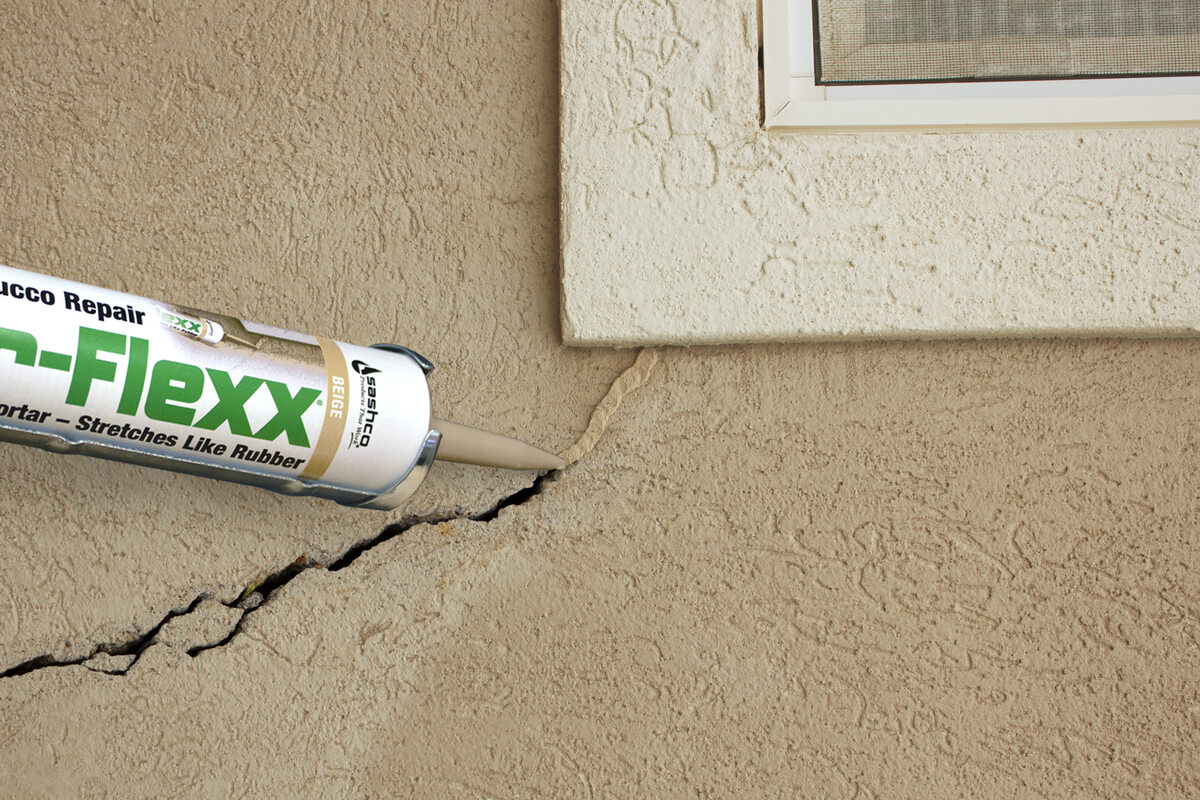
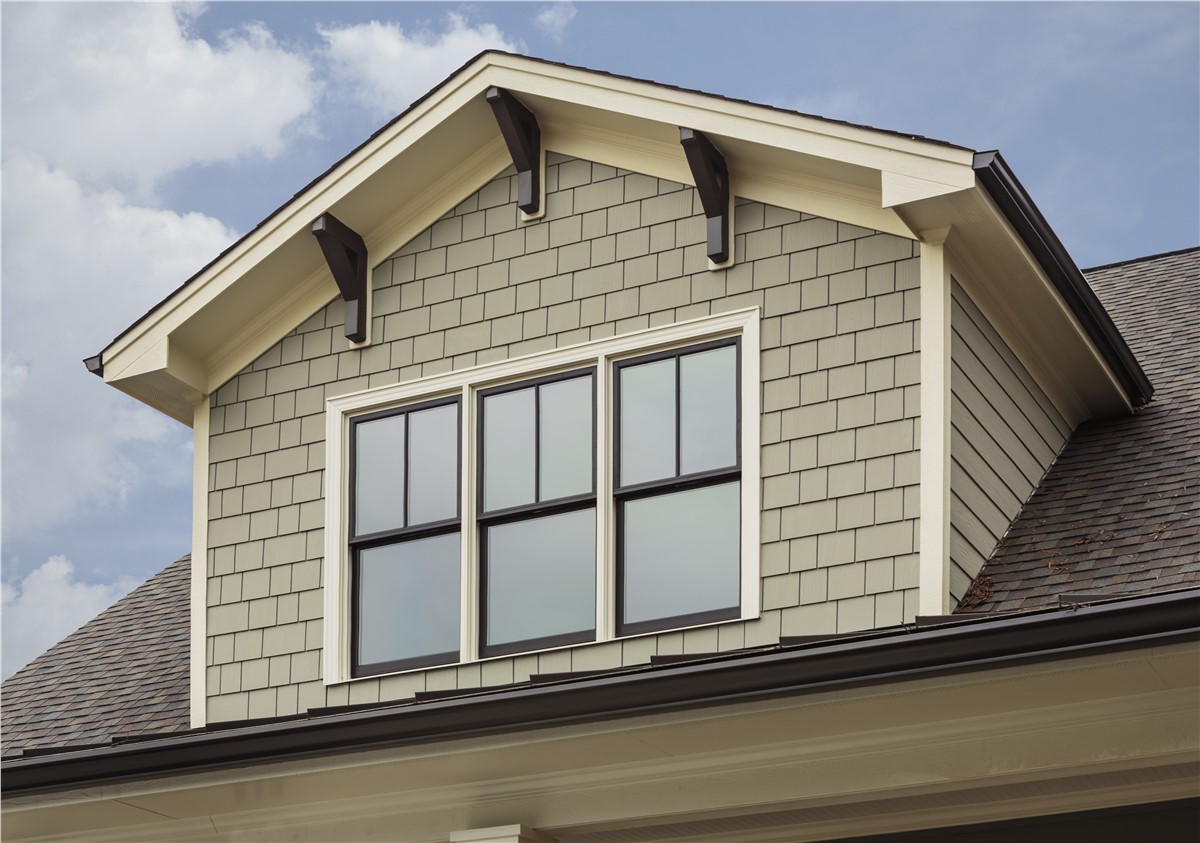
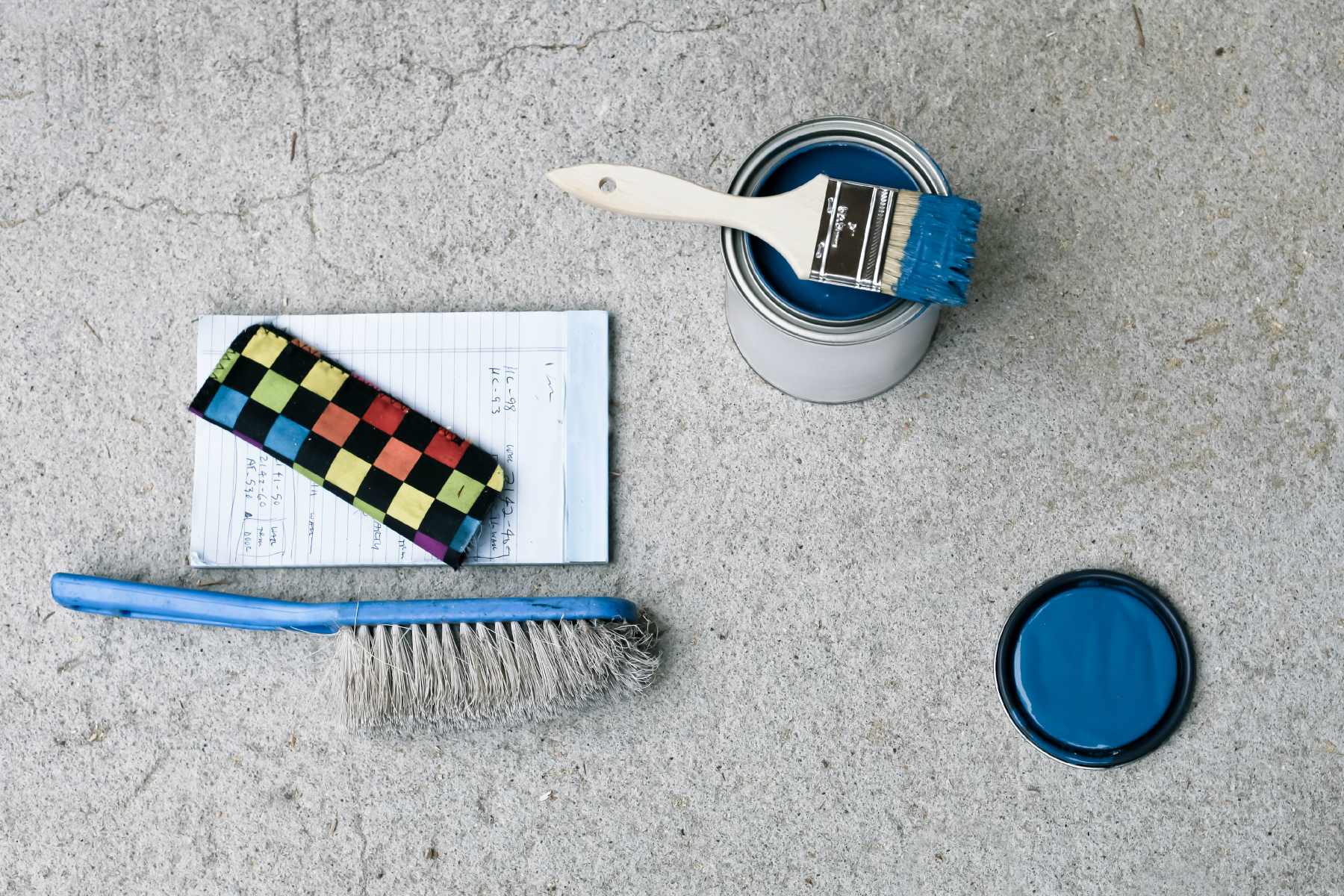
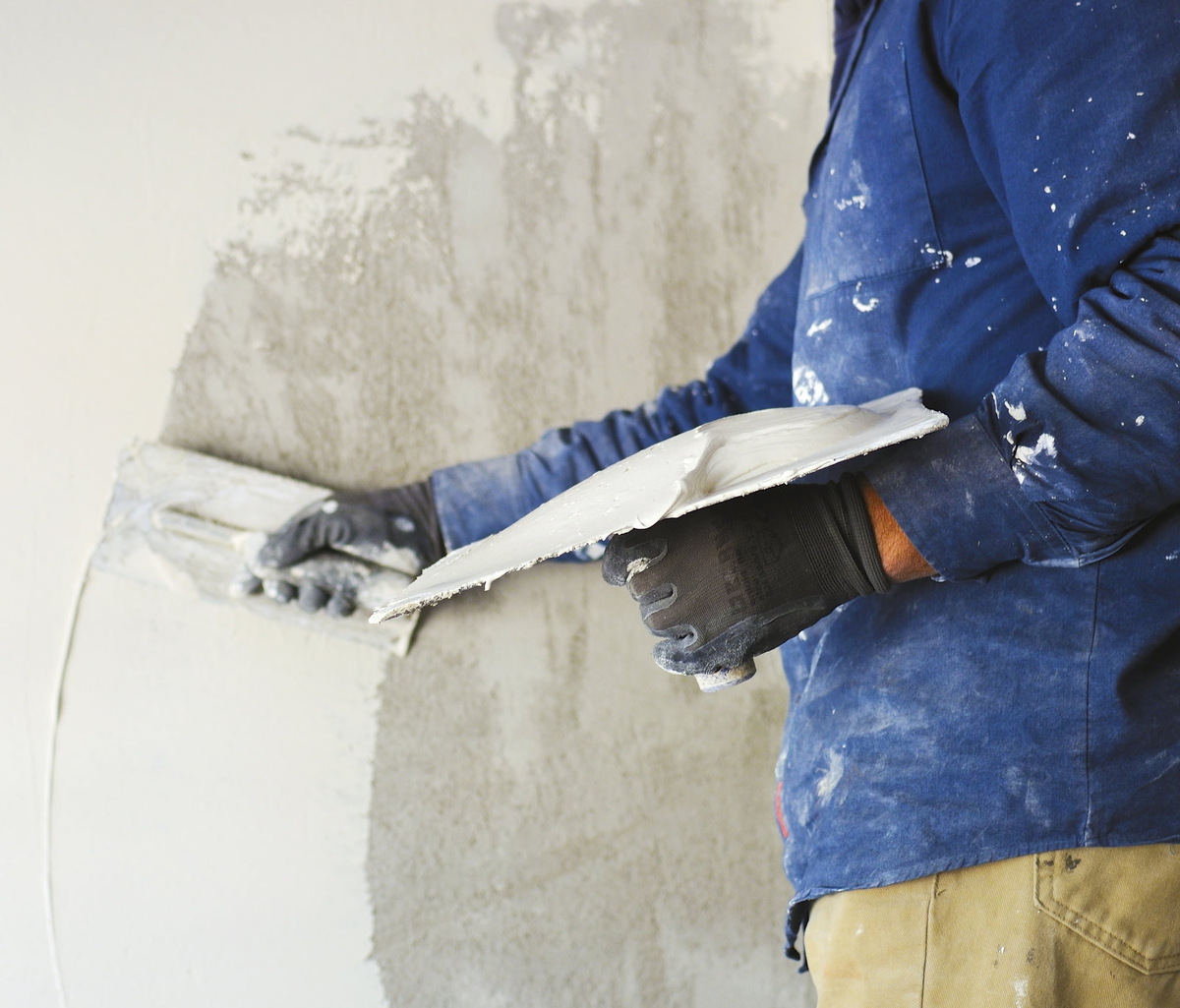
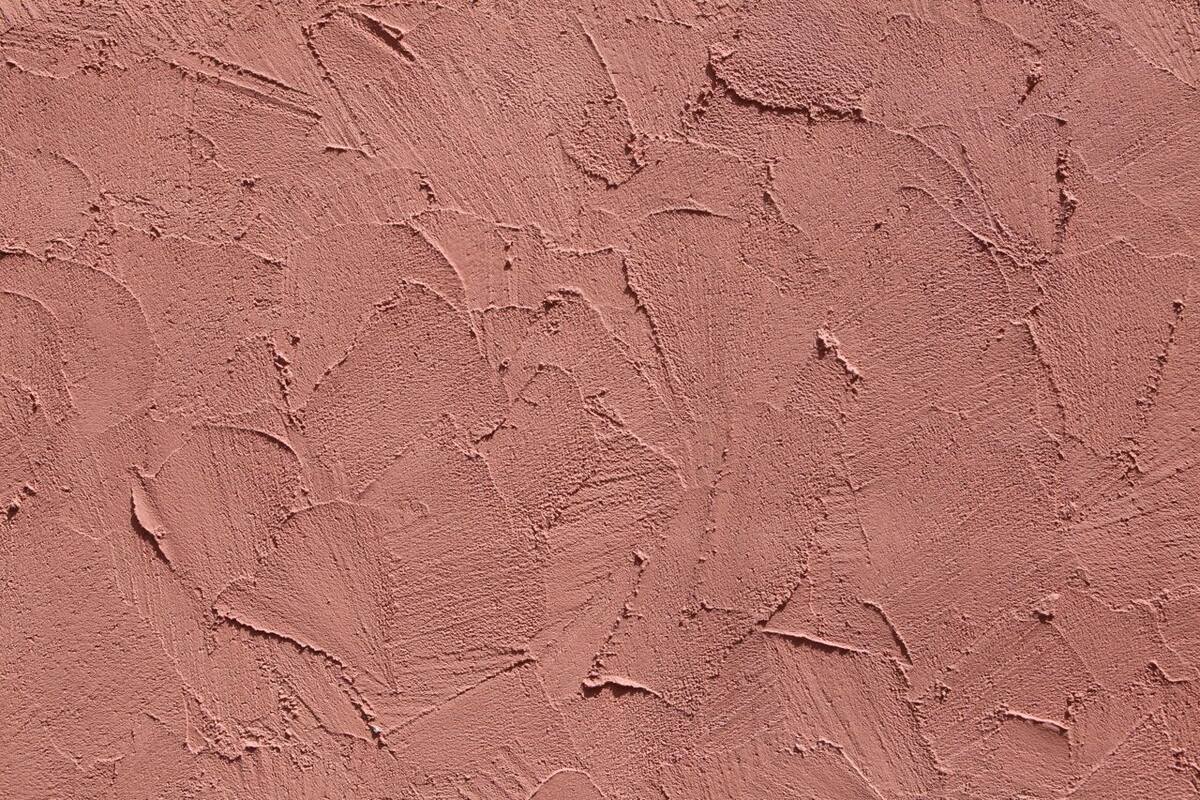
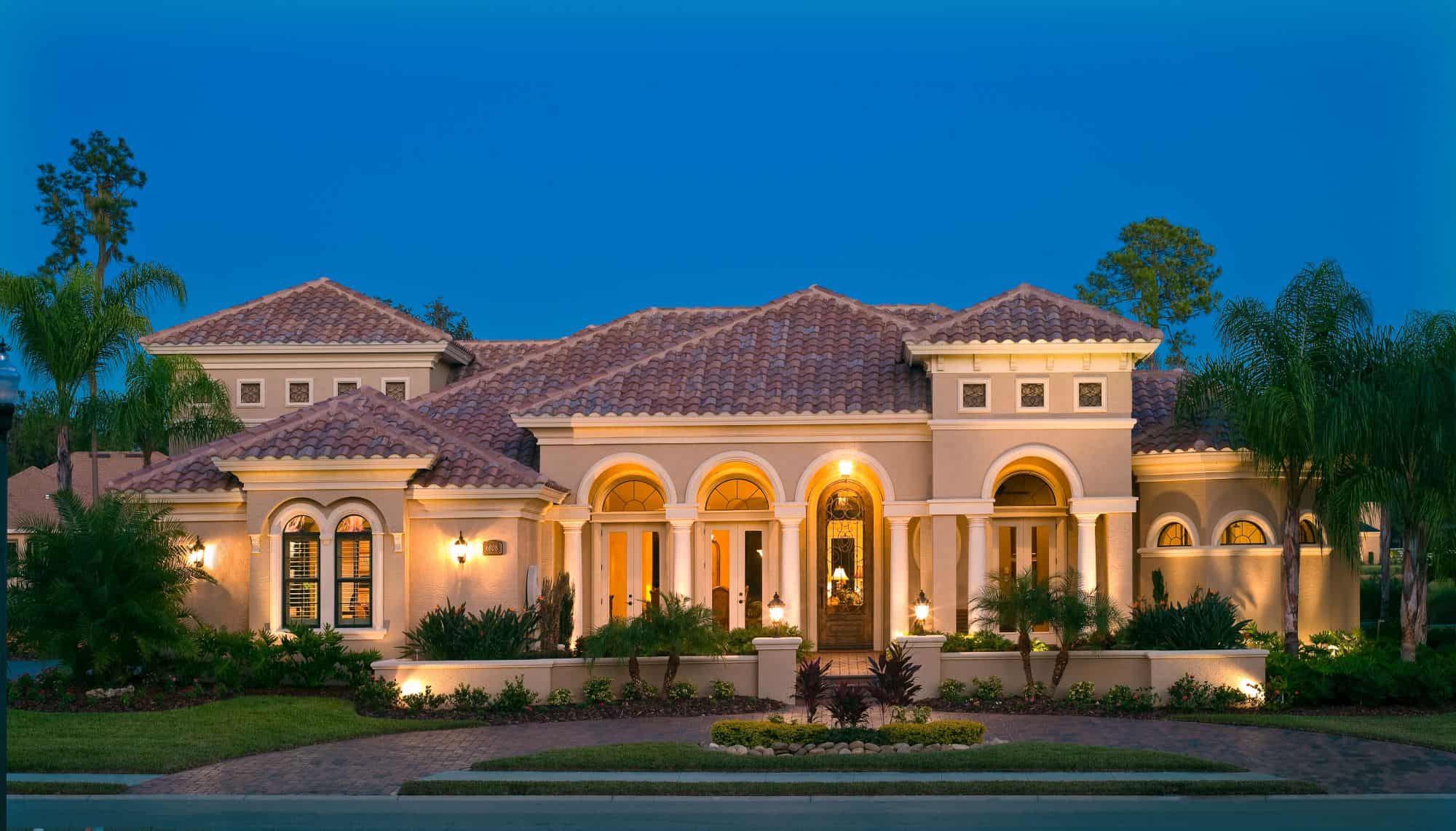

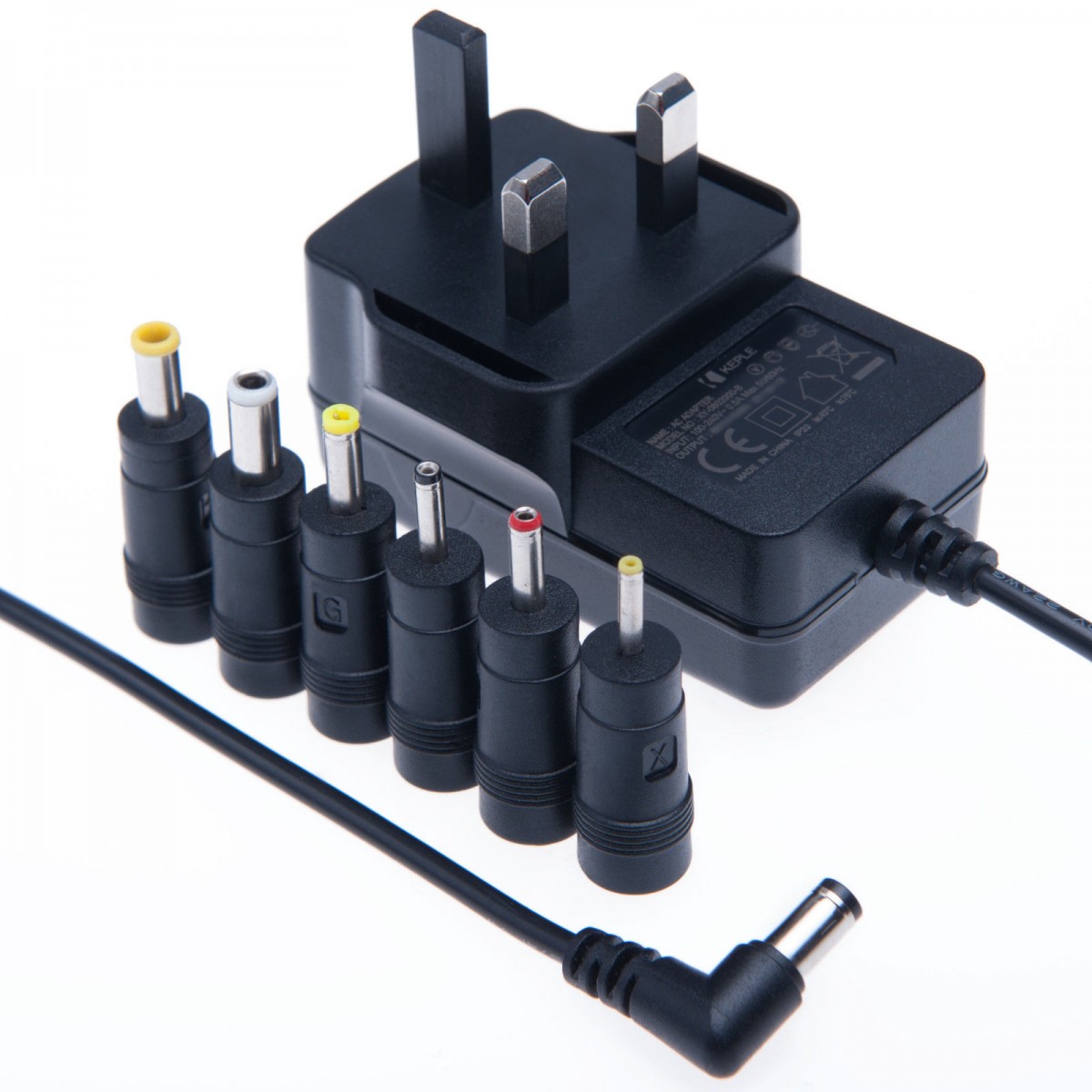
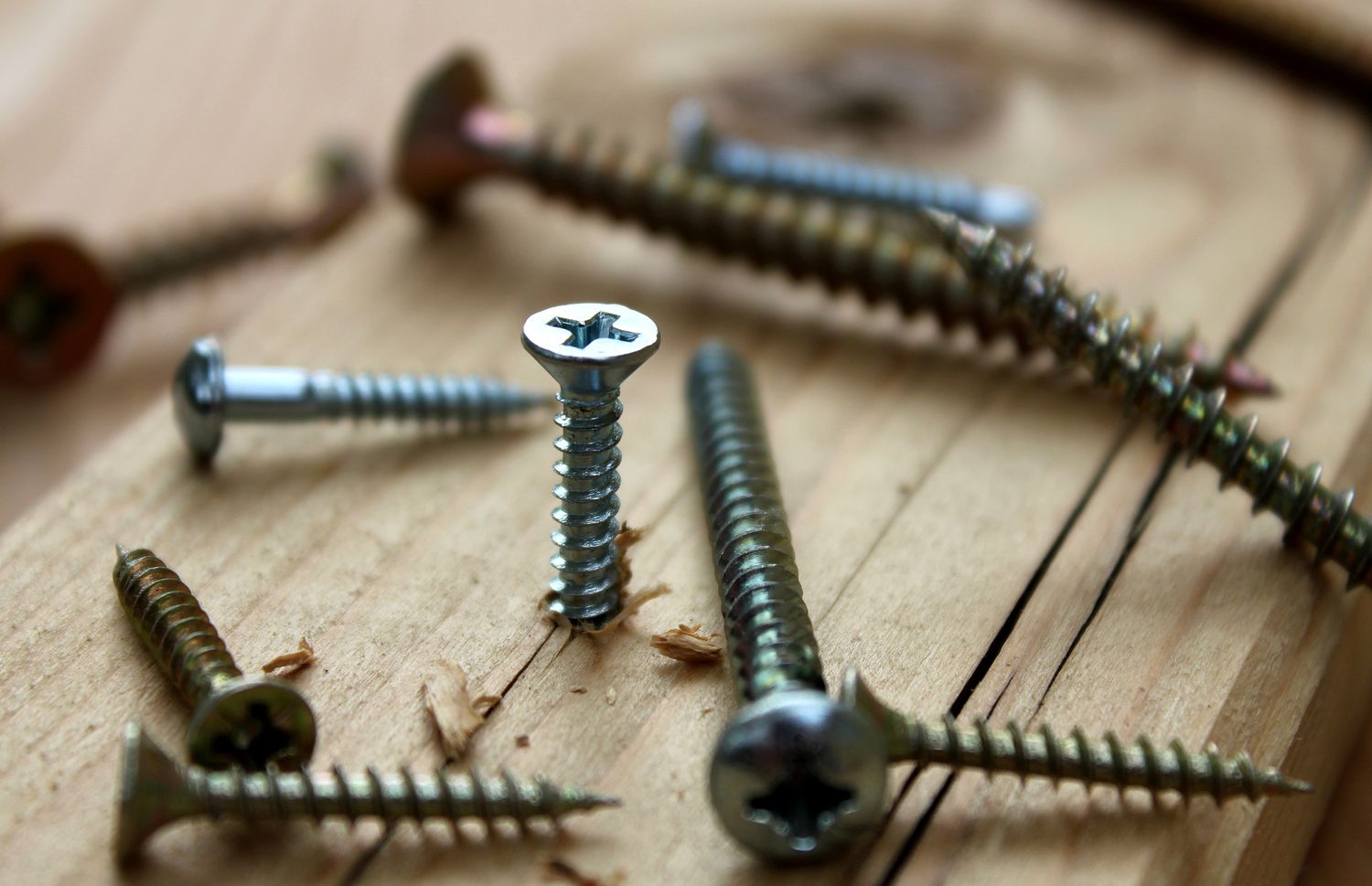
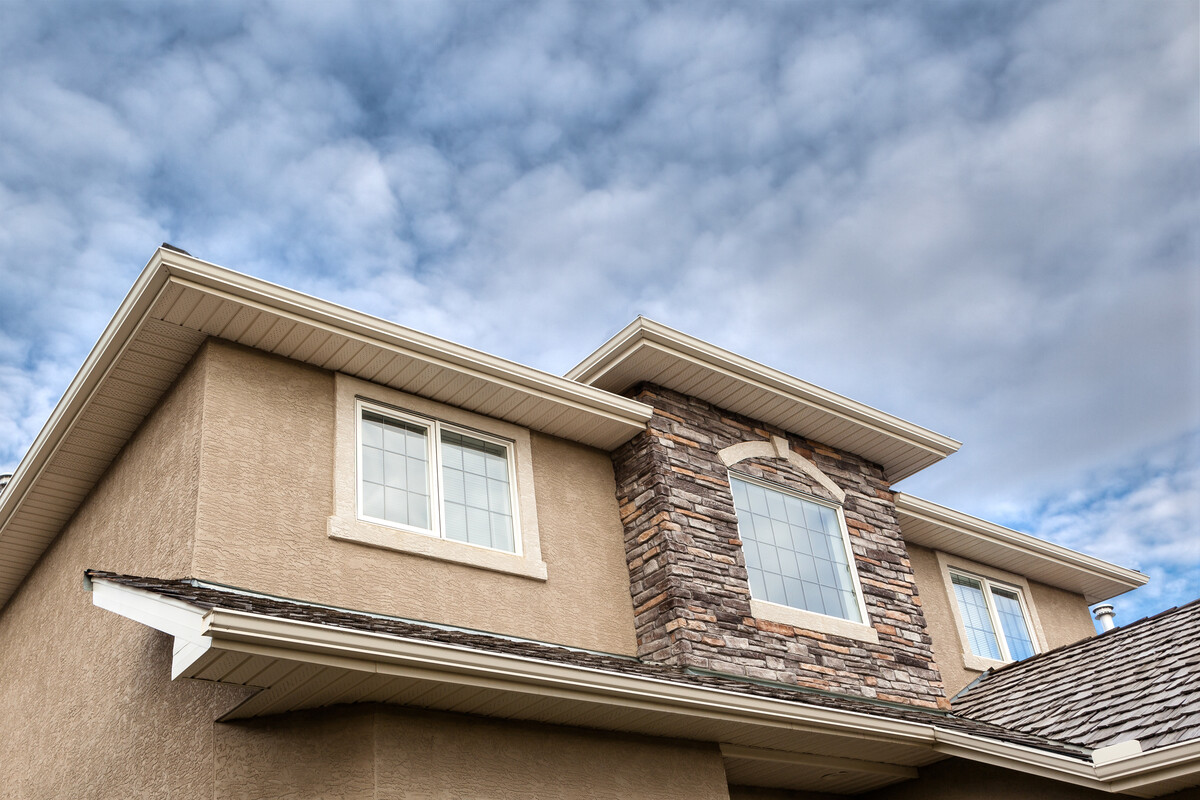
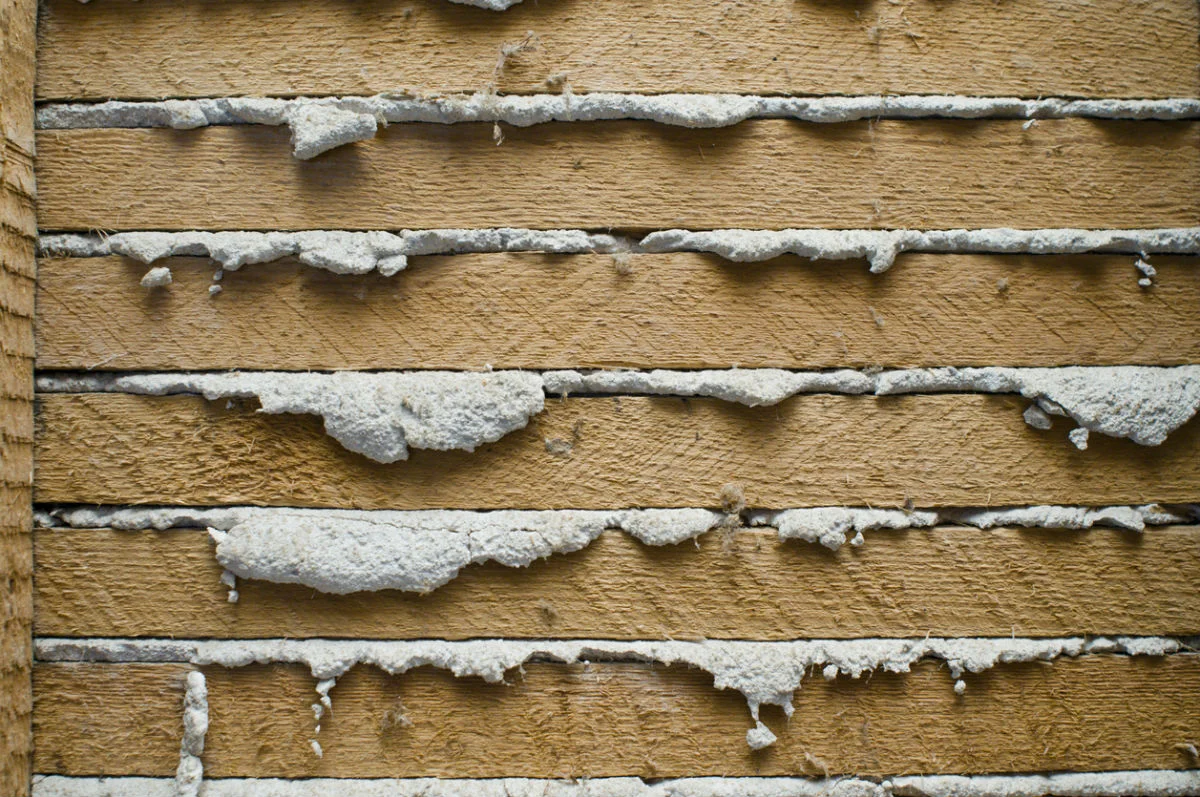
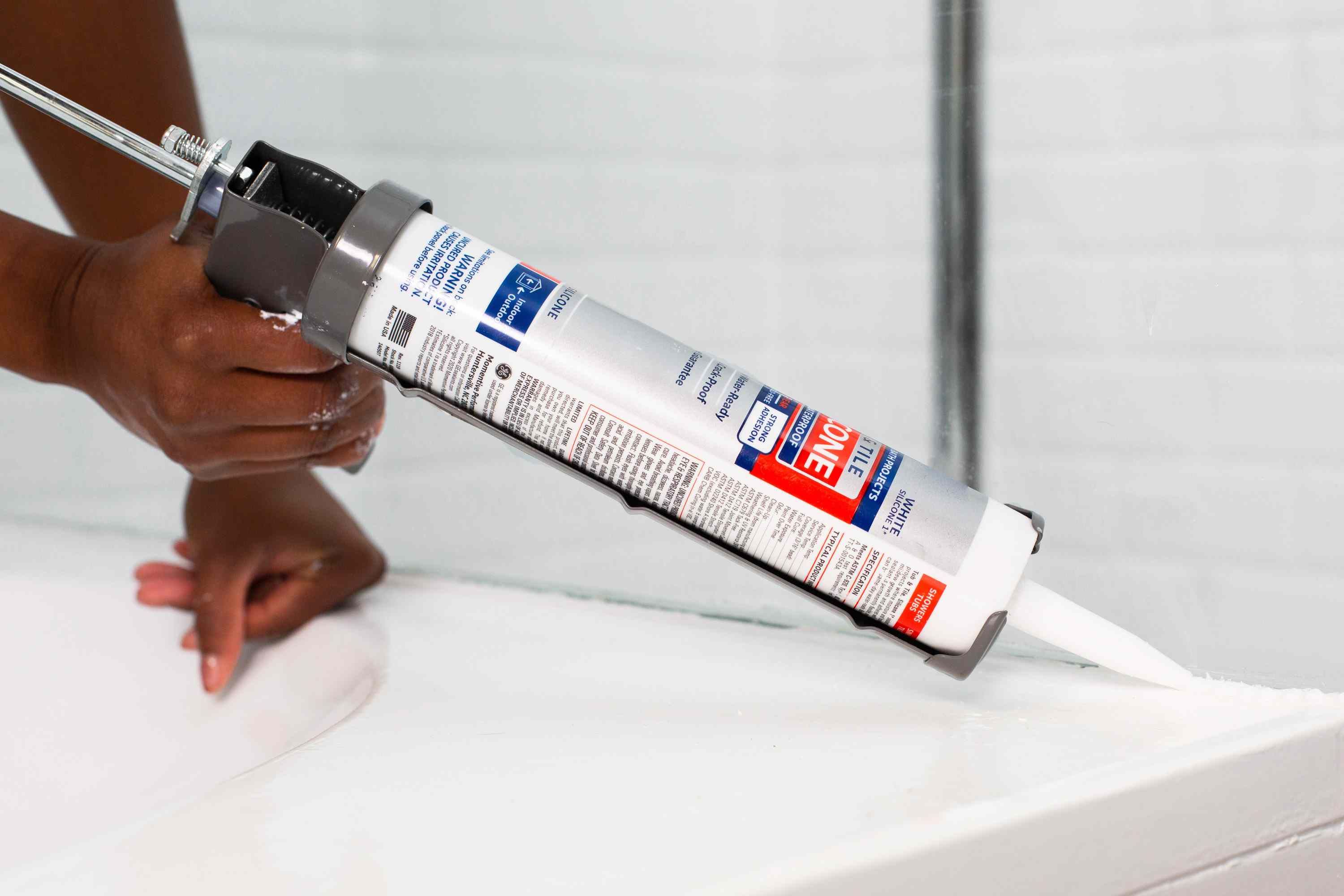
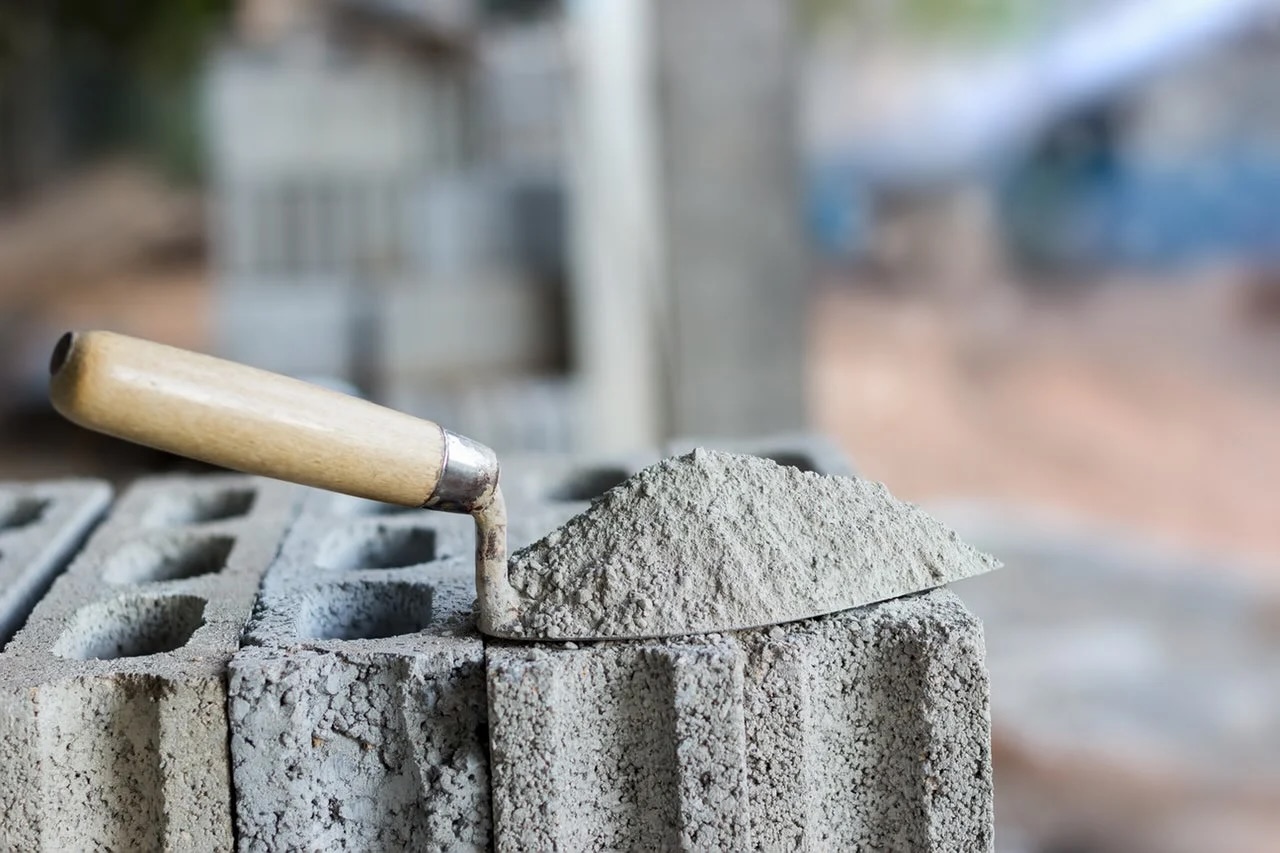


0 thoughts on “What Type Of Cement Is Used For Stucco”